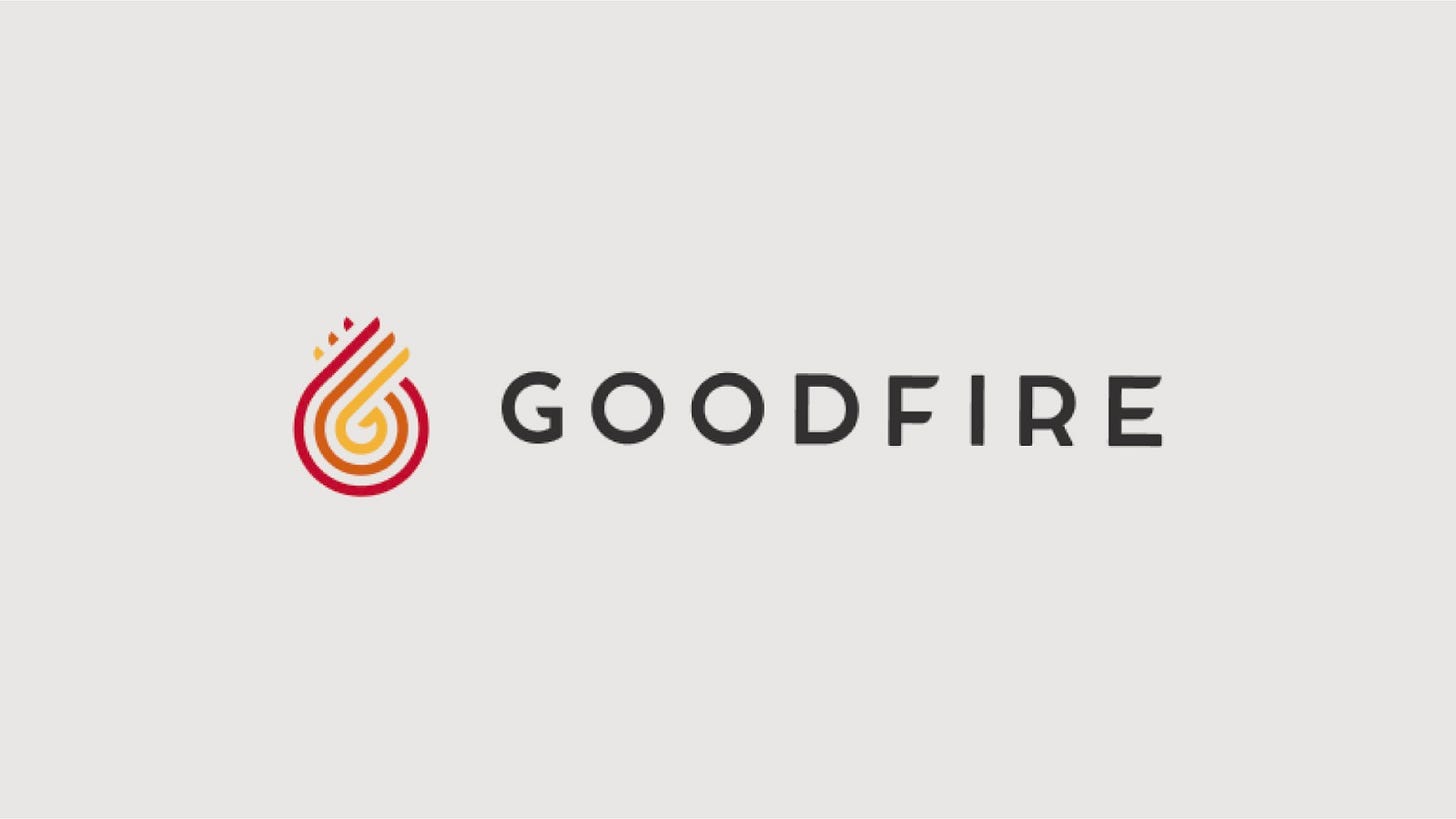We're thrilled to announce Work-Bench's participation in Goodfire's $50M Series A, following our Seed investment in the company last year. This new round of financing is led by Menlo Ventures alongside Lightspeed Venture Partners, Anthropic, B Capital, Wing, South Park Commons, Metaplanet, and Halcyon Ventures.
Our investment in Goodfire is truly a case study in community. We've been fortunate to know Eric Ho, co-founder and CEO, for over seven years — having first invested in his previous company, RippleMatch, where he was a co-founder and CTO. It was there that he met Daniel Balsam, now his co-founder at Goodfire.
We couldn’t be more excited for Goodfire’s massive vision to build tools to understand and intentionally design the next frontier of safe and powerful AI systems.
In conversations with enterprise customers and researchers alike, one theme kept resurfacing: traditional machine learning models remain black boxes. Even with open-source weights, it's nearly impossible to understand their granular inputs—only the outputs (inference) are visible. To assess performance, engineers often rely on trial and error.
As AI enters the mainstream, this opacity becomes more critical. In transformer-based LLMs, a single neuron can trigger multiple responses, leading to hallucinations, bias, and unreliable outputs. This pain compounds as LLMs become core to various use cases.
The Goodfire team has built Ember, a model-agnostic interpretability platform which decodes the neurons inside of an AI model to give direct, programmable access to its internal thoughts, and they are working with industry partners, like Arc Institute, to innovate in the application of interpretability research to scientific discovery and real world problems. By understanding how AI systems work internally, we can guide them toward safer, more reliable behavior.
They have assembled a team of the world’s leading researchers who have helped found the field of mechanistic interpretability at companies like DeepMind and OpenAI, pioneering advancements like Sparse Autoencoders (SAEs) for feature discovery, auto-interpretability frameworks, and revealing the hidden knowledge in AI models.
Mechanistic interpretability aims to demystify neural networks by breaking them down into understandable components. By analyzing each part and how they interact, Goodfire is pioneering a new era of model transparency—enabling humans to engage with models at the neuron level and guide them toward safer, more reliable outcomes.

